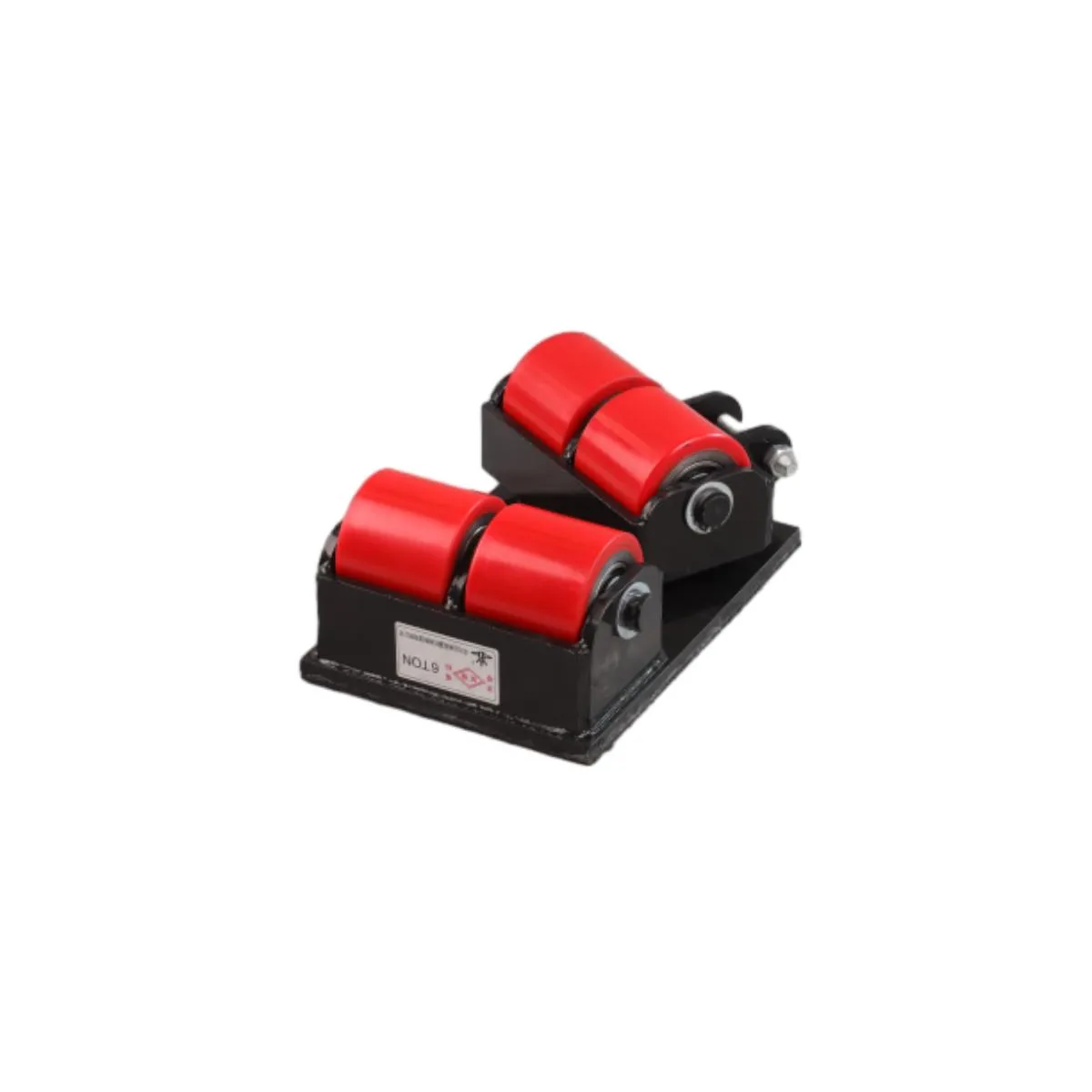Innovative Magnetic Lifting Technologies for Enhanced Material Handling Solutions
Magnetic Lifting Systems Revolutionizing Material Handling
In the fast-paced industrial world, efficiency and safety in material handling have become paramount. One of the most innovative solutions to these challenges is the magnetic lifting system. These systems utilize magnetic forces to lift and move ferromagnetic materials, offering numerous advantages over traditional lifting methods such as hooks, slings, and cranes. As industries evolve and the demand for automation and efficiency increases, magnetic lifting systems are poised to play a crucial role in the future of material handling.
How Magnetic Lifting Systems Work
Magnetic lifting systems rely on the principles of magnetism to secure and lift materials. They typically consist of an electromagnet or a permanent magnet attached to a lifting device. The electromagnet generates a controllable magnetic field, allowing operators to easily switch the magnet on and off, while permanent magnets maintain a constant holding force without requiring power.
When activated, the magnetic force adheres to the ferrous material, allowing for safe and secure lifting without the need for additional securing mechanisms. This capability is particularly valuable in environments where traditional lifting equipment may pose risks of slippage or damage to products.
Advantages of Magnetic Lifting Systems
1. Enhanced Safety One of the primary advantages of magnetic lifting systems is their ability to improve workplace safety. By securely holding materials without straps or hooks, the risk of dropped loads decreases significantly. This is especially critical in environments where heavy machinery and personnel coexist.
2. Reduced Manual Labor Magnetic lifting systems can automate the lifting and moving of materials, reducing the need for manual labor. This not only increases efficiency but also helps minimize the risk of injuries associated with manual handling, such as strains and sprains.
3. Versatility These systems are versatile and can be used across various industries, including manufacturing, automotive, construction, and logistics. Whether lifting plates, coils, or scrap metal, magnetic lifting devices can be adapted to meet diverse operational needs.
4. Lower Equipment Damage Traditional lifting methods can lead to scratches, bends, or other forms of damage to the materials being handled. Magnetic lifting systems minimize this risk as they do not require additional rigging equipment, thereby maintaining product integrity.
magnetic lifting systems

5. Cost-Effectiveness Over time, the use of magnetic lifting systems can lead to significant cost savings. They reduce the need for multiple lifting devices and can be more energy-efficient, especially compared to hydraulic or pneumatic systems. Additionally, the decrease in workplace injuries can lead to lower insurance costs and reduced downtime.
Applications of Magnetic Lifting Systems
Magnetic lifting systems are used in various applications across numerous industries. In manufacturing, they are commonly employed to lift and position heavy steel plates for processing. In the automotive industry, these systems are ideal for handling parts efficiently on assembly lines. Logistics companies use magnetic lifters to move heavy loads without traditional lifting equipment, streamlining operations and enhancing throughput.
The recycling industry also benefits from magnetic lifting systems, as they can easily handle ferrous materials such as scrap metal, making the sorting process more efficient. Moreover, these systems have been adapted for use in construction, where they assist in quickly moving steel beams and other heavy materials.
Challenges and Future Directions
Despite their advantages, magnetic lifting systems are not without challenges. They are generally limited to ferromagnetic materials, which can restrict their applications. Additionally, the environmental impact of electromagnetic systems should be considered, particularly regarding their energy consumption.
Looking ahead, advancements in magnetic technology may address these limitations. Innovations in magnet materials, such as superconductors, could enable lifting systems to handle a broader range of materials, and improvements in energy efficiency could enhance their appeal in an increasingly eco-conscious world.
Conclusion
Magnetic lifting systems represent a significant advancement in material handling technology. Their ability to enhance safety, increase efficiency, and reduce operational costs makes them an attractive option for various industries. As technology continues to advance, these systems are likely to become even more versatile and efficient, paving the way for a safer and more productive future in material handling. As businesses seek to modernize and optimize their operations, the adoption of magnetic lifting systems will undoubtedly play a pivotal role in shaping the industry's landscape.
-
Portable 2000 lb Gantry Crane | Heavy-Duty & AdjustableNewsAug.30,2025
-
Versatile Lifting Solutions with Gantry and Overhead CranesNewsAug.29,2025
-
The Versatile Mobile Gantry Crane SolutionNewsAug.29,2025
-
Reliable Movement with Heavy Machinery Skates and RollersNewsAug.29,2025
-
Reliable Lifting Performance with 2000 lb Gantry Crane and 2 Ton Overhead SystemsNewsAug.29,2025
-
Maximize Lifting Efficiency with PML Magnetic LiftersNewsAug.29,2025
-
Efficient Relocation Starts with Reliable Machinery MoversNewsAug.29,2025
